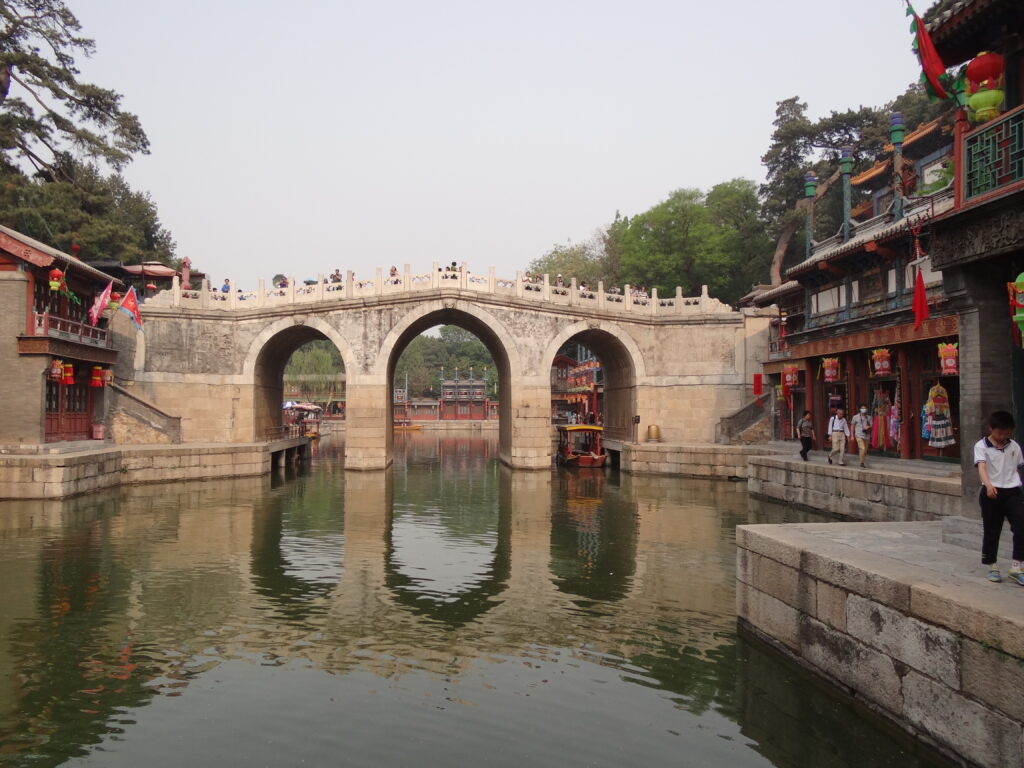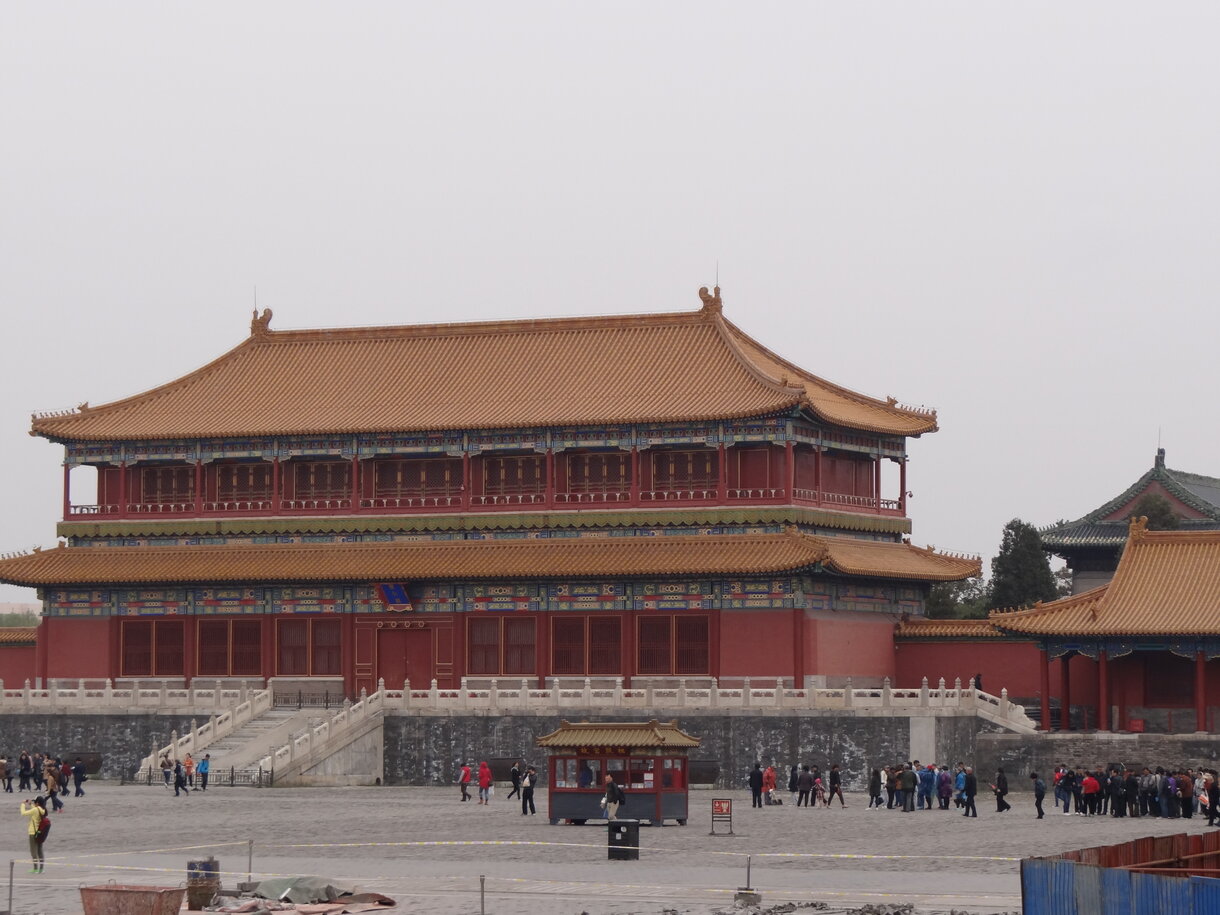Beijing – A City of Imperial History and Modernity
The Forbidden City is undoubtedly one of Beijing’s greatest attractions and a symbol of imperial China’s power. Built between 1406 and 1420 by order of Emperor Yongle of the Ming dynasty, it served as the residence of emperors for nearly 500 years. The complex comprises an astonishing 980 buildings and over 8,700 rooms, constructed by more than a million workers and 100,000 craftsmen and artists. Remarkably, not a single nail was used in its construction; traditional carpentry techniques held everything together. The name “Forbidden City” comes from the fact that only the emperor and select officials were allowed inside, while unauthorized intruders risked their lives trying to enter. In 2013, admission cost 60 RMB, and for 40 RMB visitors could rent a rare Polish-language audiobook—one of over 30 languages available—offering a unique chance to explore this historic site in your native tongue.

The Temple of Heaven (entrance fee 35 RMB) holds immense religious and historical significance. Constructed in the early 16th century and expanded in the 17th, it was the site of annual imperial ceremonies during the winter solstice. The emperor would journey here from the Forbidden City to pray for a bountiful harvest and offer sacrifices at the Circular Altar. It was believed that successful rituals would ensure prosperity for the entire nation. Today, the Temple of Heaven is not only a historic monument but also a symbol of China’s spirituality and traditions, which visitors can deeply feel during their visit.
The Summer Palace, also known as Yiheyuan, is an expansive park and palace complex covering 290 hectares, featuring around 3,000 structures including palaces, temples, pavilions, and gazebos. Built in the 18th century as the summer residence for Qing dynasty emperors, it captivates with exquisite Chinese architectural art and natural beauty. The centerpiece is Longevity Hill and the artificial Kunming Lake, which occupies two-thirds of the park’s area. The Summer Palace hosts musical concerts and traditional dance performances, and for those seeking more active fun, pedal boats are available on the lake for an additional fee. Admission is 60 RMB for a combined ticket covering most attractions (excluding pedal boats).

Beijing is also home to Tian’anmen Square, the largest city square in the world, measuring 800 by 300 meters. This historic site has witnessed many pivotal events, including the proclamation of the People’s Republic of China by Mao Zedong on October 1, 1949. The square houses Mao Zedong’s Mausoleum, which offers free entry but enforces strict security measures—no cameras, phones, or backpacks allowed, along with thorough personal checks. Surrounding the square are important buildings such as the Great Hall of the People and the National Museum of China. Historically, Tian’anmen served as a venue for religious ceremonies and imperial edicts.
To end the day, a visit to the Olympic Park is a must, where the famous “Bird’s Nest” National Stadium stands, capable of seating 80,000 spectators. This iconic venue hosted both the 2008 Summer Olympics and the 2022 Winter Olympics. While entry to the stadium and aquatic center is pricey, visitors can admire the impressive Olympic cauldron and the wall engraved with medalists’ names from outside. After sunset, the entire complex is beautifully illuminated, creating an unforgettable spectacle.

Beijing is a city where imperial history intertwines seamlessly with modernity, and the rich culture and traditions of China are present at every turn. From majestic palaces and sacred temples to cutting-edge sports arenas, the capital offers extraordinary experiences for every traveler.

Leave a Reply